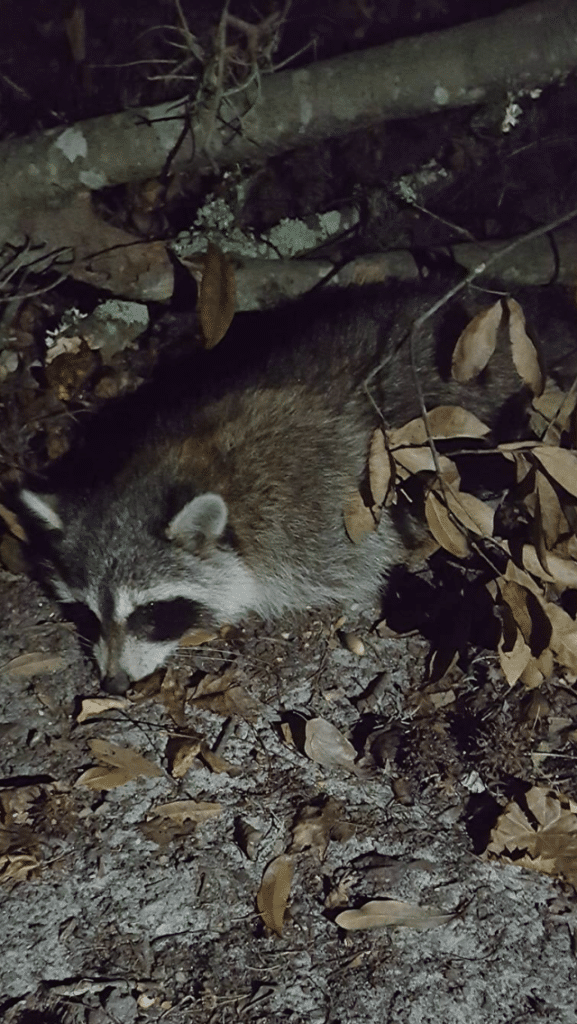Trapping Squirrel Predators - Hernando Sun

Raccoons are cute and clever, but they are turkey-egg-eating specialists. Studies have shown that a dense raccoon population can greatly impact localized turkey hatches and brood-rearing success. Keep that in mind while also considering that turkey populations are struggling in some areas of the county, especially west of US 19. In many areas, there are more predators than ever before, so it certainly doesn't hurt the nesting efforts of the local turkey population if some of the predators are taken off the landscape just before spring.
If there's been a silver lining to declining turkey numbers, it's the rekindled interest in trapping. Despite a fur market that continues to be sluggish, many new trappers are hitting the field each winter with the goal of catching some predators and maybe helping a few more turkey eggs hatch. Learning to trap can seem intimidating, but nest predators like raccoons and opossums are easy to catch with minimal equipment. They're the perfect gateway critters for new trappers.
I like to trap a property in sections. February is an especially good time during the raccoon breeding season and just before the turkey breeding season. While the temporary void lessens predation pressure on turkeys while they are nesting, newborn kits will easily replace any adult raccoons caught at this time later in the spring. That's why, as many land managers will tell you, trapping can help local turkey populations, but only with sustained, annual effort.
But if you just enjoy trapping, that's good news for you because every winter, there'll be enough new raccoons running around to keep the trapline interesting. As you set traps, remember that any spot good enough for one trap warrants two or three because raccoons, especially females and juveniles, frequently travel in groups. Catches often come quickly, so if you connect a few nights in a row and then an area goes cold, move your traps to the next section of the property. For 100 acres, a 10-night effort is pretty good.
As you gain experience, you'll learn to identify prime locations for sets, but start by placing traps where you've seen raccoons on your trail cameras. Deer feeders are always hotspots, as are swampy edges, creek bottoms, old barns and farmsteads, and oak ridges. However, ATV roads through fields are great places to catch coyotes, and stick to the tree lines for raccoons.
Raccoons are omnivores, so you can catch them on about anything from your pantry or fridge. But some stuff works better. In general, good bait combos have a strong odor (and not always bad) to make for a trailing scent for raccoons to find your trap. Once they do, you need an attractive bait to entice the critter to work the setup long enough to spring the trap and get caught. This combo has worked well for me: sardines and mini marshmallows.
I bait the sardines inside of my live traps; one can normally bait three traps. Then, I scatter a few marshmallows around the entrance of the trap and toss a few inside with their stinky sardines. I rarely ever not connect with a catch the first night. I just place my traps upwind of whatever trail or structure I'm attempting to remove the coon from. That ensures the scent of my bait will reach him.
As always, if you have any questions or comments about today's article or perhaps would like to try one of my favorite raccoon recipes, reach out to me at [email protected]. God Bless, and good hunting!
Comments
Post a Comment